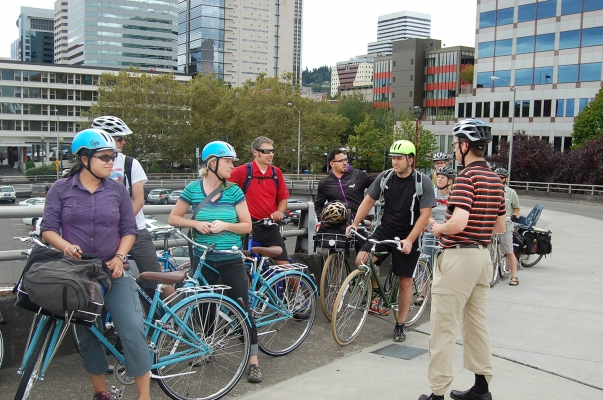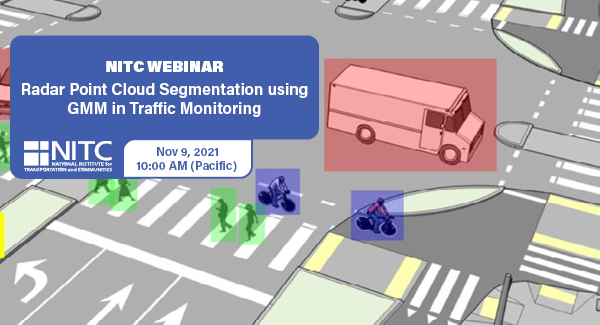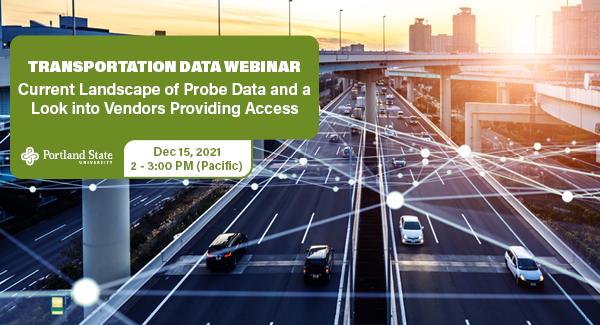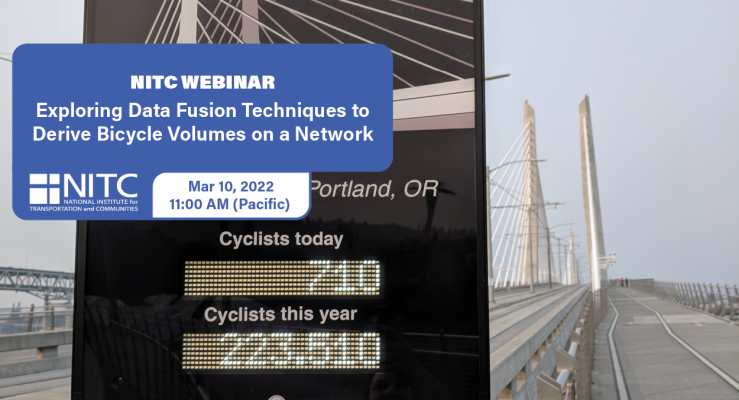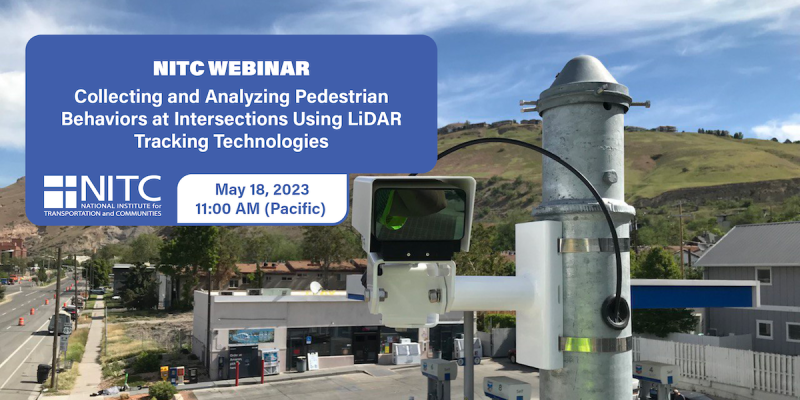The Initiative for Bicycle and Pedestrian Innovation has unveiled the most ambitious year of professional development offerings in its history.
For the first time, the schedule includes Webinars, with the first taking place Feb. 27. Offerings also include courses and workshops geared toward practitioners and university faculty members. There’s also a two-week study abroad opportunity to learn about sustainable transportation in the Netherlands.
The course offerings include a newly added advanced bicycle design and engineering workshop. The workshop is geared toward professionals who have taken the original IBPI course or who serve communities with a developed bicycle network.
“More than 120 professionals have taken the course since 2008,” said Hau Hagedorn, who manages the IBPI program. “We’ve reached the threshold of educating professionals where there’s the need to take this to the next level of expertise.”
Continuing education credits are available for each workshop and Webinar. Click here for details on the individual course pages.
Registration is now open for IBPI’s inaugural Webinar on Feb. 27: “We are Traffic: Creating Robust Bicycle and Pedestrian Count Programs.” As agencies looking to improve bicycle and pedestrian infrastructure have learned, it doesn’t count if it’s not counted....
Read more
